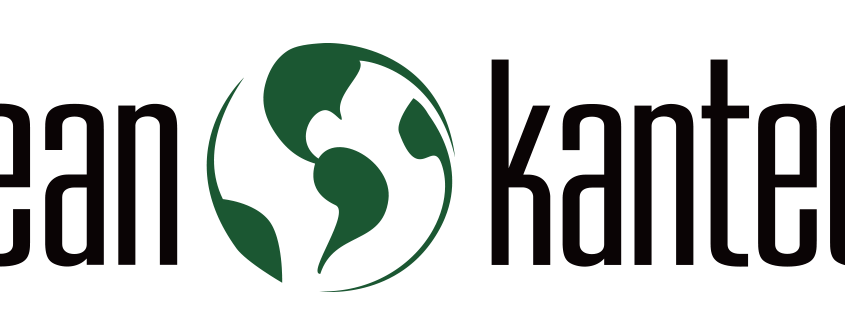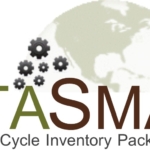Client Spotlight: Klean Kanteen
Long Trail Sustainability Senior Consultant, Shelly Severinghaus, recently interviewed Danielle Cresswell, Senior Sustainability Manager at Klean Kanteen, a stainless steel solutions company and manufacturer of reusable bottles, mugs and cups, about why, how and when Klean uses life cycle assessment.
Why is environmental sustainability important to Klean Kanteen?
The notion of environmental sustainability for Klean means first understanding the ways we consume or impact environmental resources. With accurate data and information, we can effectively manage our impacts—locally and globally—so we use a fair share of the planet’s resources, and leave plenty for current and future generations. Given the abundance of indicators connecting business activities to degraded ecosystem services and biodiversity, managing for environmental sustainability is simply a matter of responsibility.
With accurate data and information, we can effectively manage our impacts—locally and globally—so we use a fair share of the planet’s resources, and leave plenty for current and future generations.
What products have you conducted LCAs on, and what type of LCA did you conduct (e.g. screening, full, full with critical review)?
Our first formal LCA work was a screening level LCA that evaluated representatives of three core Klean product lines – Classic, Vac Wide, and Steel Pint. This project helped our team understand the hot spots across the product life cycle, and to identify options to improve the environmental performance of these products and others like them.
We’ve also completed a full comparative LCA with critical review for our Steel Pint and common single-use plastic options. Knowing from earlier LCA work that Klean’s Steel Pint has a larger cradle-to-gate footprint than the plastic options, the aim of this project was to identify breakeven use scenarios for the Steel Pint, and to support consumer-facing guidance on how to get full environmental value from the Steel Pint.
We’ve also practiced working with full LCA models during product development to guide design decisions, and we’ve been refining that process with Long Trail Sustainability (LTS) by using the SimaPro Share tool.
What is the driver for you to conduct LCAs?
In order to manage the environmental footprint of our product-centric business, we need reliable tools that quantify our impact and reveal how we might affect better outcomes. LCA helps our team see where impacts occur and their relative magnitude across the product life cycle. This information becomes insight when designing future products or improvements to existing ones.
LCA is also uniquely qualified because it allows us to test alternative scenarios for their relative effectiveness at reducing impacts. Through scenario analysis, our team can compare the environmental value of alternative design options, process options, or even supply chain options, and get a clear picture of which actions lead to a better product and by how much. We have found this aspect of LCA is just what we need to support innovation and decision-making in our product development process.
LCA is also uniquely qualified because it allows us to test alternative scenarios for their relative effectiveness at reducing impacts.
When have you incorporated LCA in the design process and what tools have you used?
We first incorporated commissioned LCA in the development process when evaluating surface coating alternatives, and learned quickly that we needed to push LCA earlier in the process to affect design. We’ve also used LCA in the development process when revamping our Vac Wide product line. For this project, we used Share with support from LTS.
How has LCA guided your business decisions?

As our team becomes familiar with the requirements and outputs of LCA, our product development process has evolved to incorporate LCA learnings earlier in the design phase. We’ve piloted LCA a couple times in live projects to demonstrate the value, and dial in how to use it. We’ve also missed opportunities to affect original product design because LCA was tapped too late in the project schedule, so it’s been essential to anchor LCA into the process at a time when the results can be meaningful. Now the team is adjusting project schedules to ensure there is adequate opportunity to evaluate and modify designs using LCA insights.
How do you plan on continuing to use LCA in the future?
We’ll continue to use LCA and the Share tool in evaluating product design options to drive toward environmentally preferable options and improvements. We also intend to work with Share to help us extend our measurement capabilities for Scope 3 greenhouse gas emissions, and help us uncover and manage toward emissions reductions in the supply chain.



